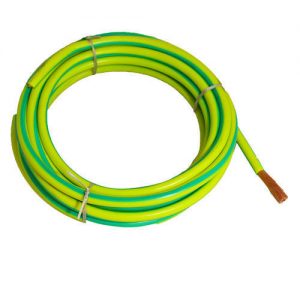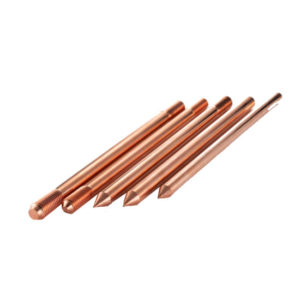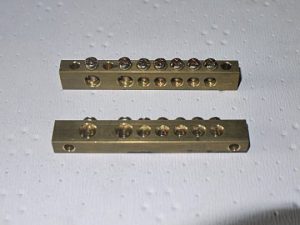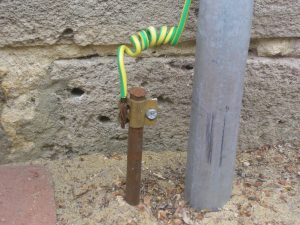How to effectively earth a house in Nigeria
Hi guys, welcome to the latest from electrical tutorials. Today we’ll be taking a look at how you can effectively earth your house in Nigeria.
Before going on to how we can successfully earth a house, it’s important we know what earthing of a house means and why it is advisable we earth our houses.
What is electrical earthing?
According to circuit globe, electrical earthing is the process of transferring the immediate discharge of the electrical energy directly to the earth by the help of the low resistance wire.
This connection is done by connecting a non-current carrying part (usually a part that can conduct electricity) of the equipment to the ground.
Why is it necessary to earth your house?
It’s not uncommon to see power surges at home. For this reason, one needs to effectively earth his/her house, so there will be a pathway for these excess currents
Does earthing your house mean you shouldn’t install thunder arrestor
The functions of earthing are far different from that of a thunder arrestor. Each place different roles and are both needed in a home. See the functions of a thunder arrestor in my article “how to effectively install a thunder arrestor”.
How does earthing help in protecting devices at home?
It serves the purpose of creating a pathway for current to flow in case of leakage current. Leakage current usually referred to as short circuit passes through the equipment to the ground.
This currents usually come from extremely high power surges (most times with voltage higher than the rated voltage). This breaks the resistance of air around it allowing current to get to the metallic part of some equipment. A good earthing system helps to channel does currents to the ground. Failure to do that will result in electric shocks in our homes.
Components needed for installing an earthing system in our home.
- Earthing wire/cable

- Earth rod (steel or copper)

- Earth link/metallic part of the equipment

- Industrial salt
- Charcoal (optional)
How to effectively earth your house
During the wiring process of a house, all the equipment with provision for earthing (usual sockets) is to be tied to the earthing link provided in the distribution board (DB). For equipment not having an earthing link, tie the earthing wire to any metallic part of the equipment and connect it to the earthing link provided in the distribution board.
From the distribution earthing link terminal, draw an earthing wire to the earthing rod which will be placed 2ft bellow the foundation of the house. After the connection to the earth rod, pour the industrial salt, water and charcoal(optional) and then cover the hole. The function of the industrial salt and charcoal is similar to the function when installing thunder arrestor. See the functions here
How to check if the earthing was properly done
The whole essence of earthing is for the general mass of the earth to act as neutral when there is a power surge. The moment it’s not able to do this job effectively, then we can say the earthing system is failing or has completely failed. To check, use your testing lamp to check if there is proper flow of current using the earthing link as the neutral. If the lamp glows as it should, then we can say the house was earthed properly. Anything other than that, you’ll have to check for error in installation and correct it.
Kindly hit the share button and leave your questions using the comment section
Electrical overhead line materials and functions (33kv and 11kv)

I don’t fully understand the different function between earthing and thunder arrestor…
What is the essence of using animal dunge in place of individual salt in both thunder and earthing installation
Is it right to bury the mat for thunder arrestor and earth rod the same place?
no
Cant i link the earth to the thunder arrestor?
no